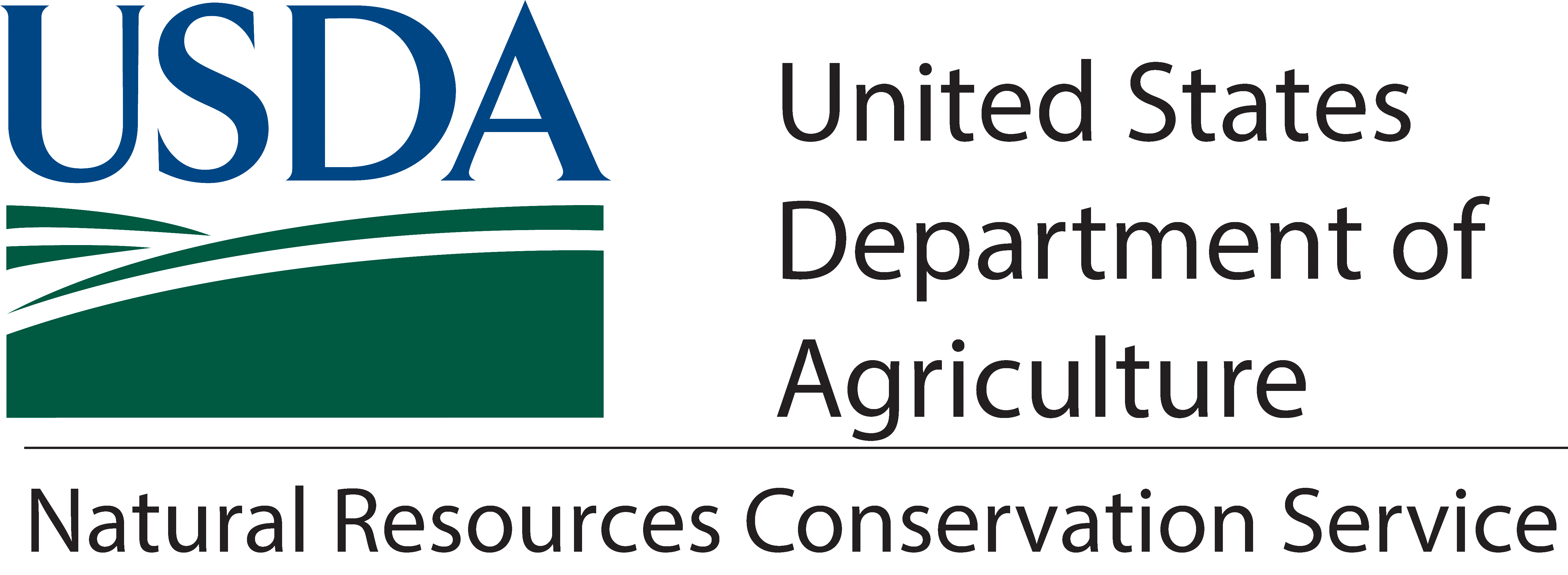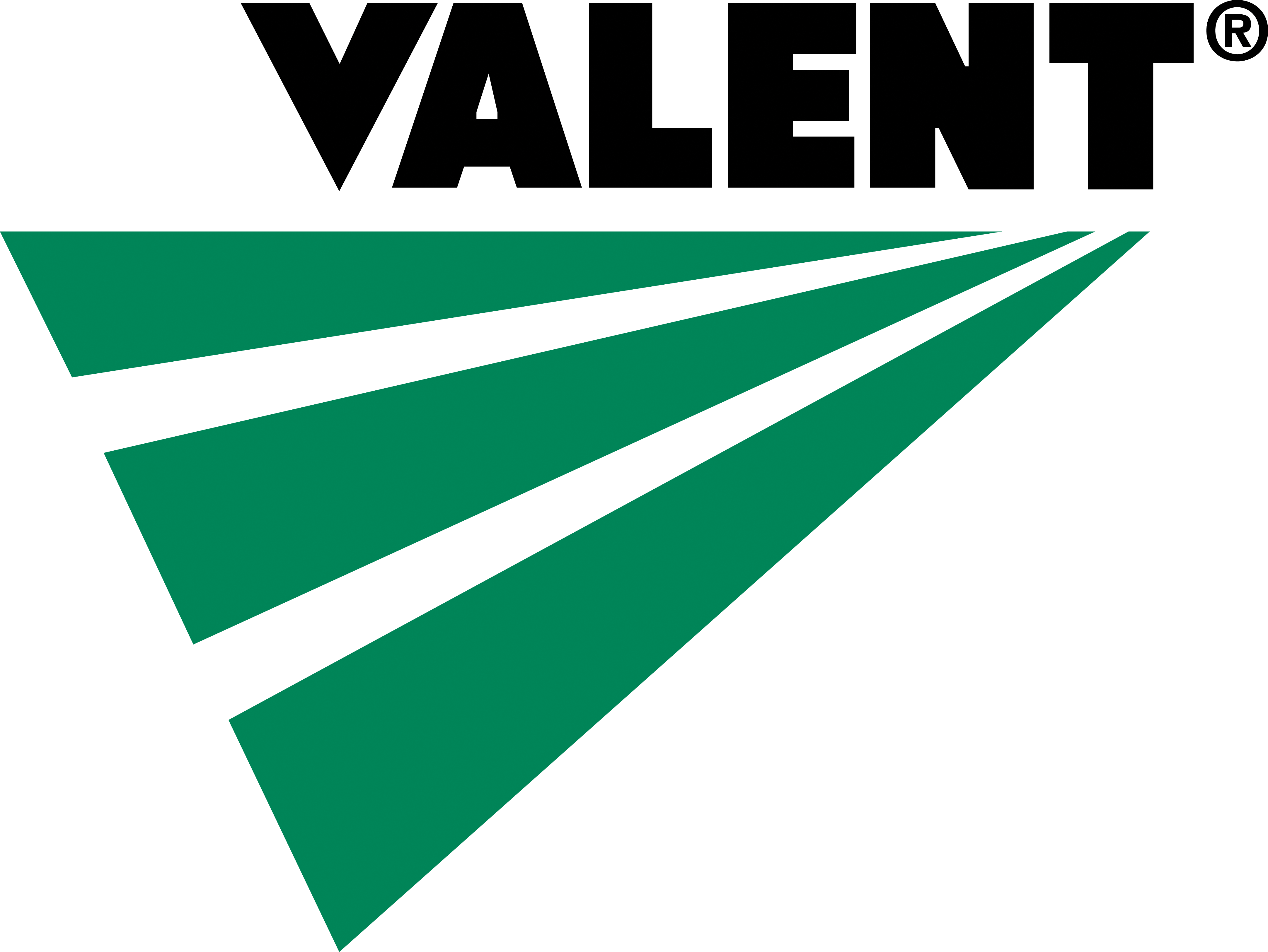California Ricelands
Salmon Project
Rice farmers and fish biologists working together to help struggling salmon populations by developing strategies to raise juvenile salmon in winter-flooded rice fields.
Historical Salmon Ecology
Before the landscape of the Sacramento Valley was forever altered to pave the way for cities and farming, juvenile salmon used the floodplain extensively to help them thrive and successfully find their way to the ocean. This was due to a floodplain environment with abundant food resources (zooplankton), outstanding habitat and relatively few predators.
Life was good for fish before these significant land use changes emerged at a time when society did not yet fully appreciate salmon’s reliance on the ecology of the floodplain.
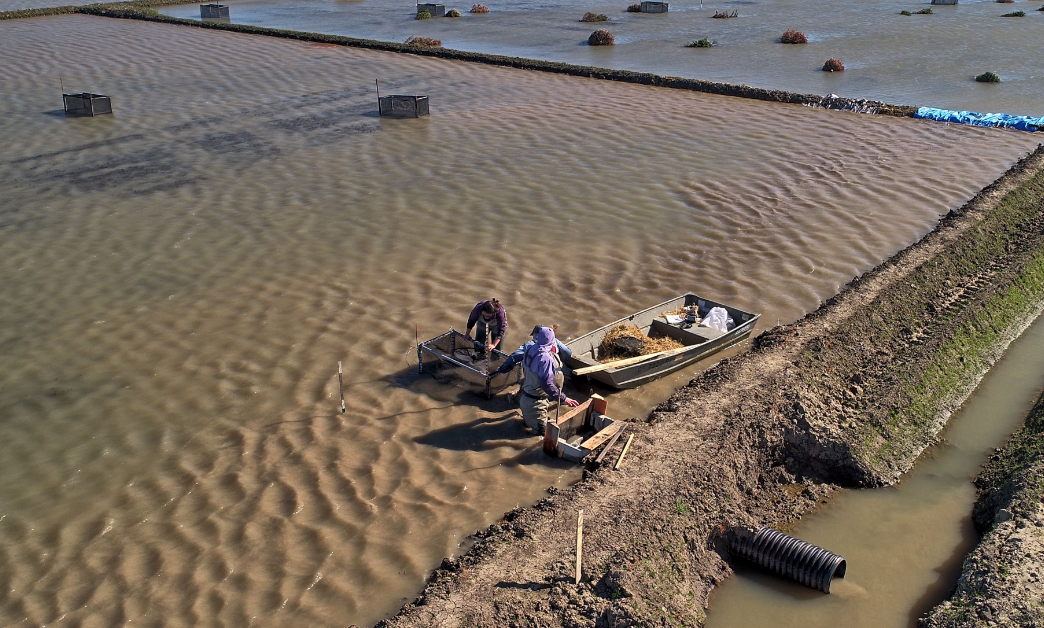
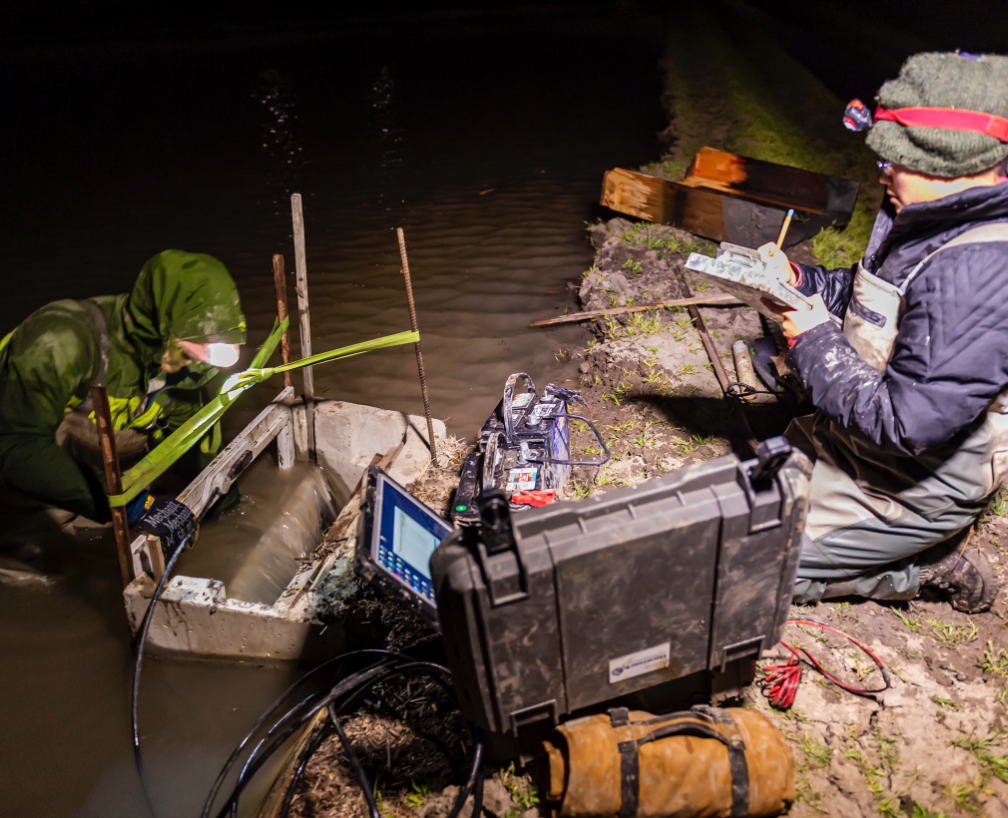
Altered Salmon Ecology
The major landscape change that impacted the natural ecology of Sacramento Valley salmon was the physical containment of the Sacramento River within a system of levees. This divorced young salmon from floodplains, forcing them to remain in the mainstem of the Sacramento River. Contrary to what many people may assume, the river has relatively low levels of food for these small fish. They also are forced to deal with high stream velocities and a river populated with sizable fish predators.
Just because the natural ecosystem has been altered doesn’t mean we can’t develop a strategy, under highly managed conditions, to restore some of those ecological benefits. That is the very journey California rice is taking in its efforts to optimize rice fields as habitat for these fish through the innovative work of the California Ricelands Salmon Project.
Discovering New Approaches
(2018–2020)
The Natural Resources Conservation Service (NRCS) and donor sponsors (noted on back panel) joined the California Rice Commission (CRC) to implement a key project (Phase I) to accomplish the following:
Evaluate the survivorship of salmon raised in winter-flooded rice fields out to the ocean
Evaluate the performance of various farm practices for salmon-rearing
To accomplish these objectives, the project team implemented the following activities:
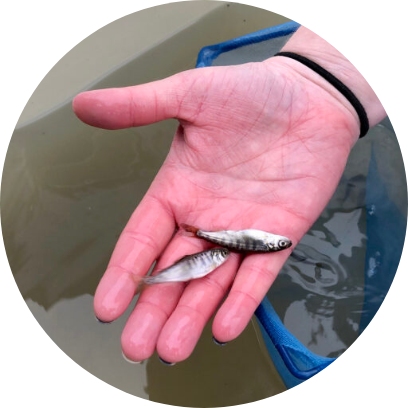
Worked with about 40,000 hatchery fish over two field seasons
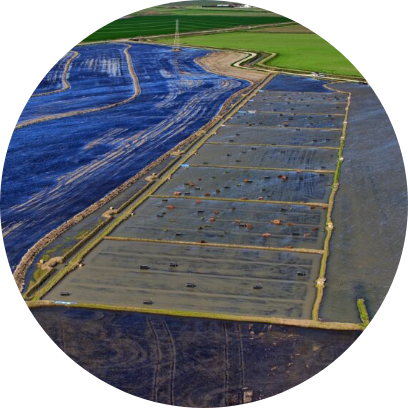
Prepared special test fields with four different types of fish habitat management
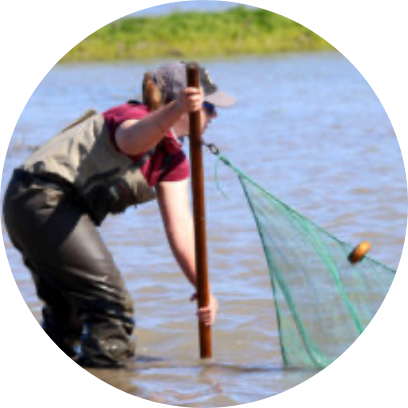
Monitored salmon in the modified fields and assessed their growth rates
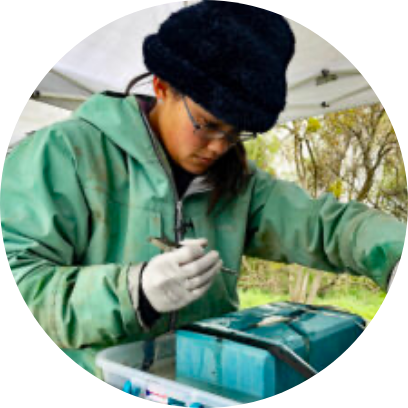
Telemetry tagging over 2,000 fish to track their journeys to the ocean
Innovation in Action
(2021–2024)
The NRCS and other project sponsors are joining CRC again for Phase II of this innovative work to accomplish the following:
Implement the new habitat practice on full-size, working rice farms
Implement strategies to provide volitional passage of salmon onto project fields during flood events and enable their safe return to the river through special fish-friendly field drainage features
Assess in-field predation and survival
Assess survival of rice field-reared fish to the ocean
Perform modeling work to evaluate potential population benefits
Perform regional monitoring of tagged hatchery and wild salmon to better understand overall the riceland habitat use
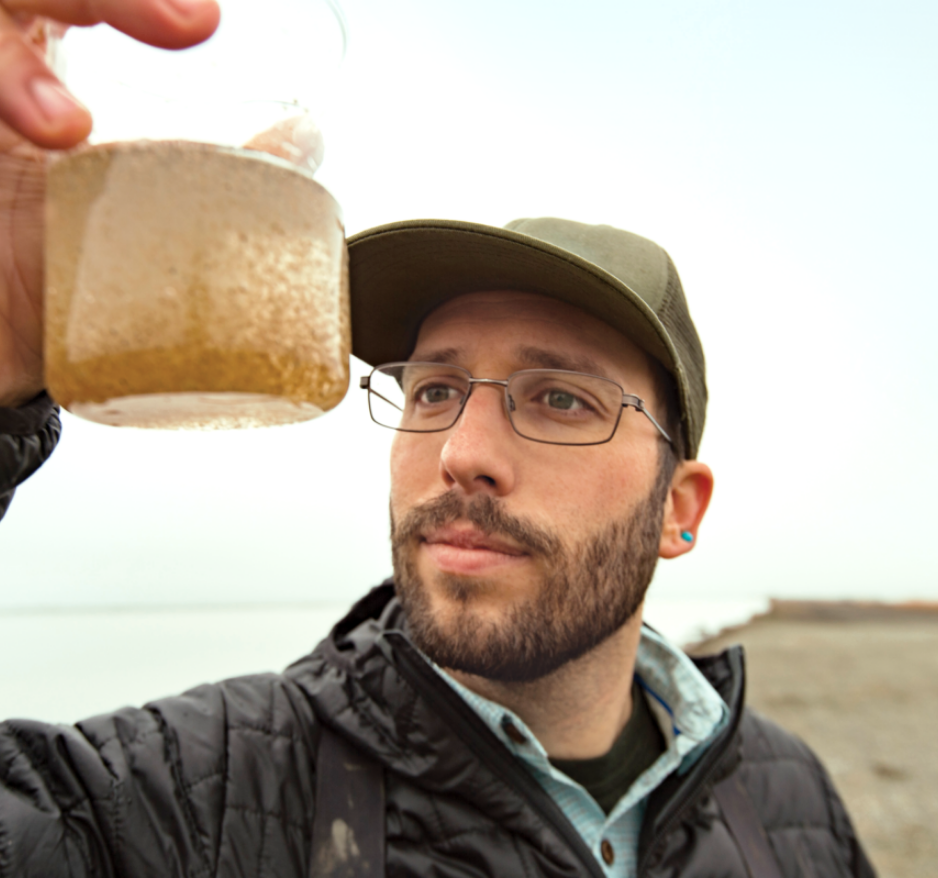
Expertise
The science elements of this project are being led by the renowned Center for Watershed Sciences at UC Davis in collaboration with California Trout. Essential to the program’s success is coordination with the National Marine Fisheries Service, the California Department of Fish and Wildlife, and the U.S. Fish and Wildlife Service providing valuable scientific expertise and supplying the hatchery fish for the project.
Interested in Becoming A Sponsor?
The California Ricelands Salmon Project welcomes new sponsors to help keep our project funded and moving towards our goal of developing this new practice and making it available to rice farmers who are interested in providing this salmon rearing habitat.








